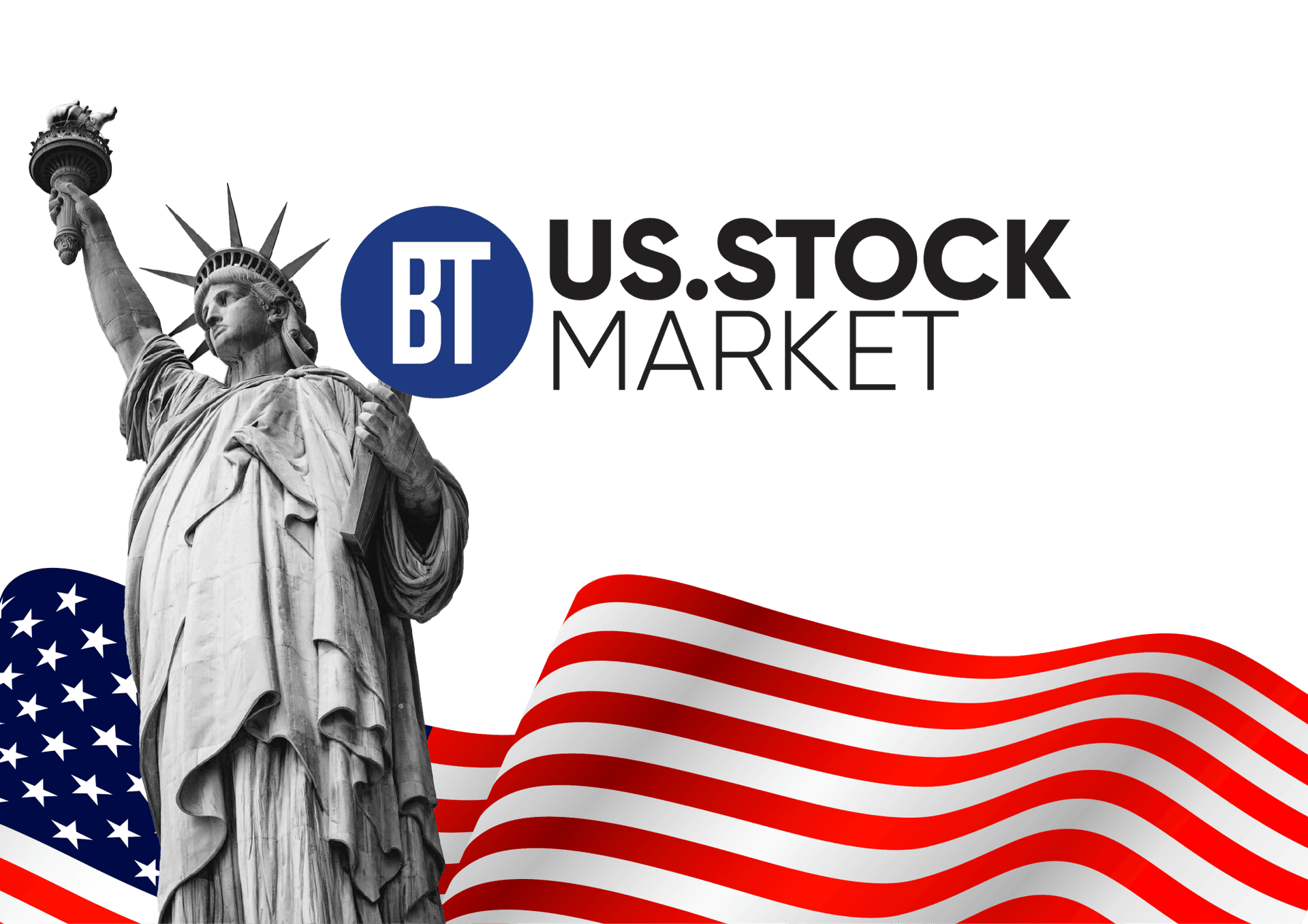Global Stocks Climb as Wall Street Bets Add Momentum for Fed Cut
World equity markets mostly advanced after U.S. shares rallied on renewed investor expectations that the Federal Reserve could begin easing policy in December, lifting technology and AI related names. The move reverberated through bonds and commodities and highlights how central bank signals now drive cross border flows and risk appetite.

Global equity markets rose broadly Tuesday after U.S. trading produced a strong advance that traders said reflected growing odds of a December rate cut by the Federal Reserve. The Nasdaq outperformed as technology and AI related infrastructure companies led gains, while the S&P 500 and other major U.S. benchmarks also finished higher. Tokyo’s Nikkei registered a modest rise and major European exchanges climbed as markets tracked signals from Fed officials and repositioned for easier policy.
Market participants interpreted comments from several Fed officials as more open to easing, and that shift in expectations filtered rapidly into asset prices. Treasury yields moved lower across much of the curve, reflecting an increased market consensus that the Fed will begin to reduce its policy rate next month. Lower yields supported higher valuations in growth sensitive sectors, helping explain the prominent advance in semiconductor vendors, cloud providers and firms supplying AI compute capacity.
The rally in the United States had immediate global effects. European equities benefited from the spillover as investors rotated back into cyclical and technology exposures, while Asian markets took cues from the U.S. session and a softer tone in global bond markets. Commodities were mixed as traders balanced expectations of easier financial conditions against continuing concerns over demand. The broad market move underscored the tight feedback loop between central bank communication, rate expectations and cross border capital flows.
For investors the immediate implication is clearer risk on positioning. Expectations of lower policy rates lift the present value of future earnings, which tends to favor long duration assets such as high growth technology stocks. That dynamic is particularly potent for firms tied to artificial intelligence, where anticipated revenue and margin expansion is already priced into equity valuations. At the same time, lower yields can compress bank net interest margins and put pressure on parts of the financial sector that had benefited from higher short term rates.

From a policy perspective the episode highlights the delicate balancing act facing the Fed. Officials must weigh still mixed signals on inflation and labor market strength against the financial market reaction to even tentative hints of easing. Market pricing of a near term cut steepens the consequences of any data surprise. If inflation proves stickier than anticipated, markets could rapidly reverse position and force a repricing of risk premia and yields.
Longer term, the episode demonstrates how central bank communications have assumed outsized influence over global asset allocation. Since the inflation shock that prompted rate hikes in recent years, markets have fluctuated sharply with shifts in expected policy. The current optimism over an upcoming cut reflects both a measure of confidence that inflation has moderated and the markets’ hunger for lower rates to sustain growth and innovation investment. Policymakers and investors alike will be watching incoming inflation readings and employment reports closely in the coming weeks as they reassess the plausibility and timing of a December move.


